Some tongues look like they belong in a sci-fi movie—not a real animal. We’re talking tongues that launch like rockets, wrap like tentacles, stretch longer than the creature itself, and even smell or taste the air. Nature didn’t hold back when designing these things. These aren’t your average lickers and lap-uppers. They’re built for hunting, hiding, climbing, and sometimes just freaking people out. From frogs with lightning-fast strikes to mammals that scoop up snacks like living spoons, these 16 creatures have tongues so bizarre, you’ll have to see them to believe them.
Chameleon
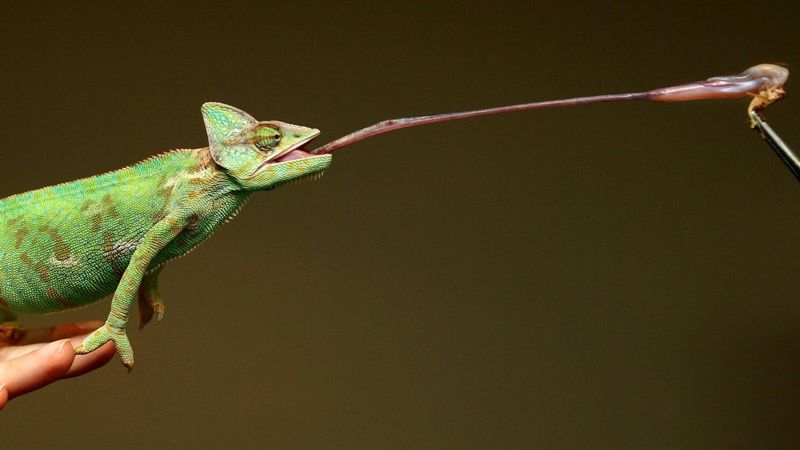
With a tongue that can extend twice its body length, the chameleon is a master of stealthy hunting. Its tongue shoots out at incredible speeds to snatch unsuspecting prey. Imagine a miniature spear, precise and swift, capturing its target in the blink of an eye.
Unlike most predators, chameleons rely on their tongues more than their limbs to hunt. This adaptation allows them to catch insects from a distance, making them unparalleled hunters.
Fascinatingly, the chameleon’s tongue also helps it taste its surroundings, providing insights into its vibrant world.
Giraffe
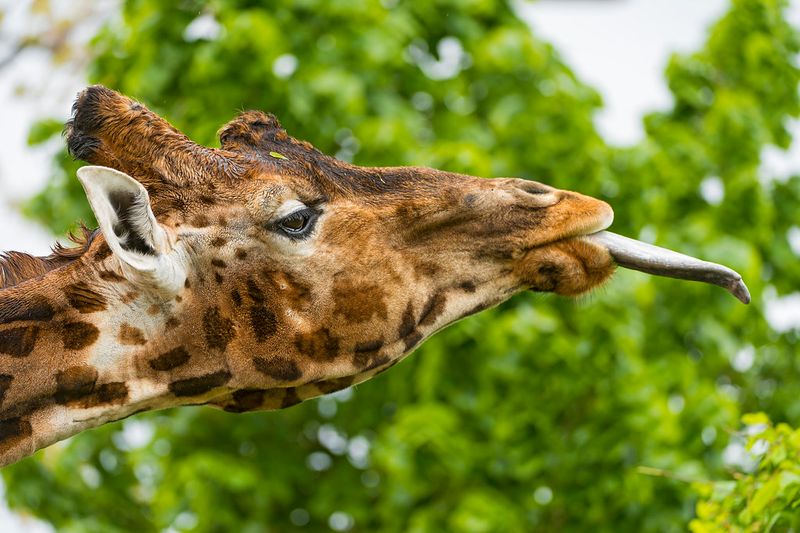
The giraffe’s tongue is a marvel of nature, reaching up to 20 inches in length. This prehensile tongue is crucial for grazing on leaves high in the trees where other animals can’t reach.
Its dark coloration is believed to protect against sunburn during long feeding sessions. The giraffe’s dining etiquette is unmatched, as it deftly navigates thorny branches without injury.
This remarkable appendage also features a tough texture and dexterity, enabling the giraffe to expertly strip leaves and shoots, highlighting an extraordinary evolutionary trait.
Blue Whale
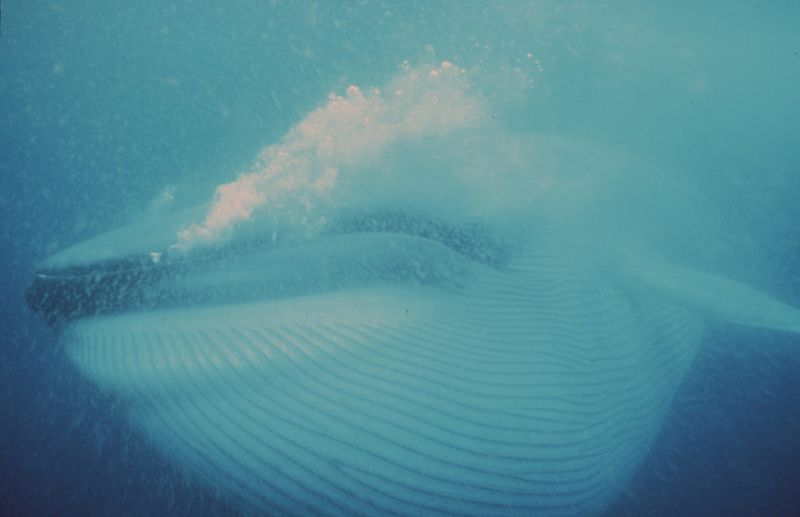
The blue whale, the ocean’s gentle giant, possesses a tongue weighing as much as an elephant. This colossal organ plays a critical role in feeding, as it helps push massive amounts of water through the baleen plates to filter out krill.
Despite its size, the whale’s tongue is surprisingly agile, facilitating efficient feeding in the vast oceans. Imagine the awe of encountering such a majestic creature and its impressive tongue, a testament to the wonders of marine life.
These giants remind us of the scale and elegance of ocean ecosystems and their unique adaptations.
Anteater
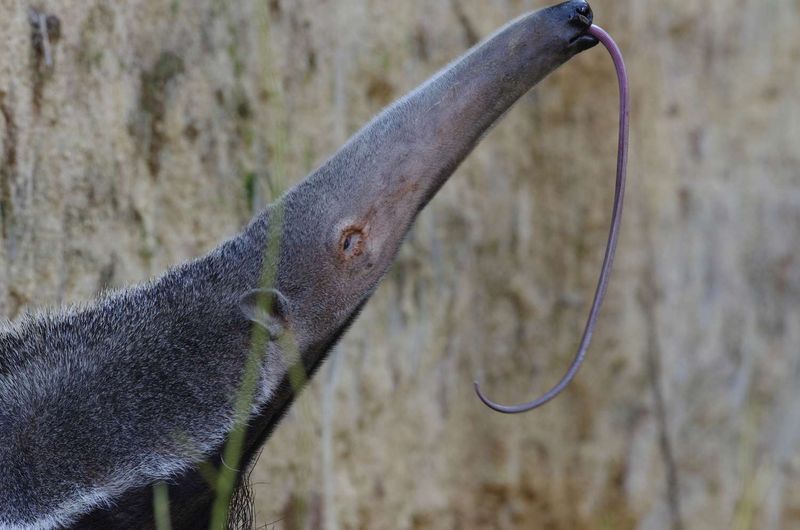
The anteater’s tongue is an extraordinary tool, reaching up to two feet in length. It’s specifically adapted for slurping up insects quickly from mounds.
Covered in sticky saliva, the tongue acts like a glue trap for ants and termites, an ingenious solution for a specialized diet.
This feeding mechanism underscores the anteater’s evolutionary niche, allowing it to thrive in environments teeming with insects. Such specialization showcases nature’s innovative means of survival, perfectly designed for efficiency and effectiveness.
Hummingbird
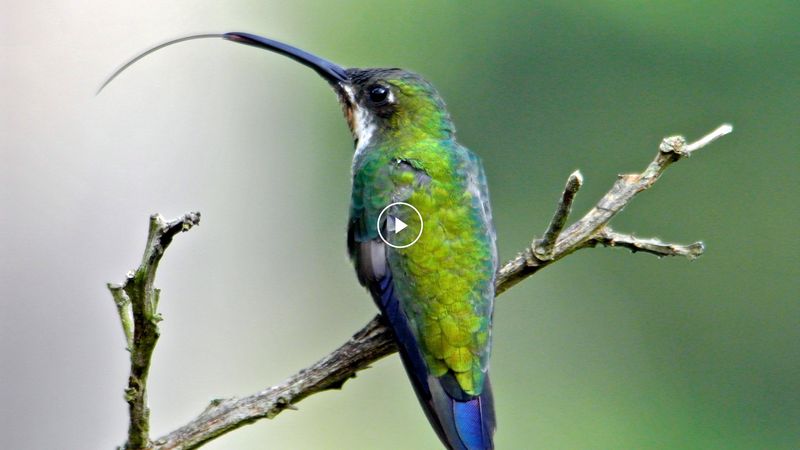
Hummingbirds possess tongues that rival the intricacy of a Swiss watch. These slender tools are essential for siphoning nectar from flowers.
The tongue splits at the end, allowing it to lap up nectar efficiently, a marvel of adaptation to their high-energy lifestyle.
In the rapid flutter of wings and vibrant colors, their feeding process is a spectacle, showcasing not only beauty but also the intricacies of evolutionary design. Such precision allows them to sustain their energetic lifestyle, flitting from blossom to blossom with ease.
Okapi
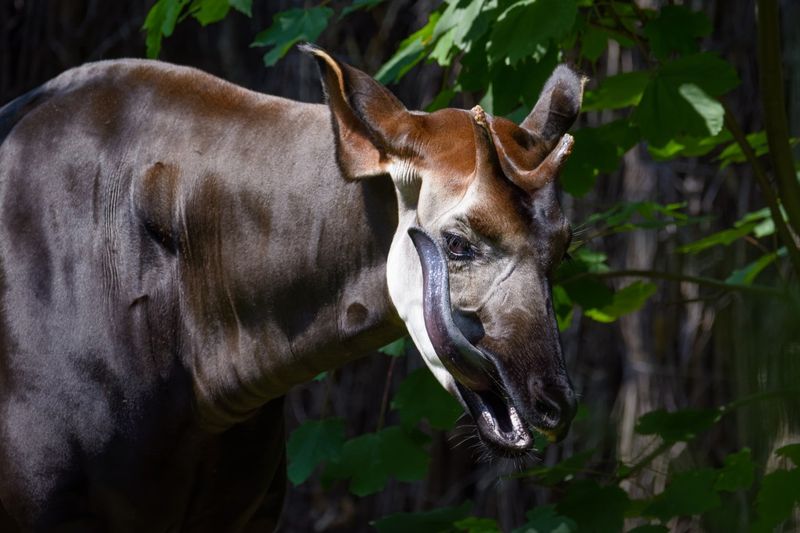
The elusive okapi, often referred to as the forest giraffe, uses its long, purple tongue for grooming and feeding. This unique organ reaches nearly 18 inches, helping the okapi to clean its ears and eyes.
Such versatility is crucial for survival in dense forests, where grooming aids in removing ticks. Their tongue is not just for feeding but also a tool for maintaining hygiene in a challenging environment.
The okapi’s intriguing features capture the imagination, blending the mysterious allure of the forest with practical survival strategies.
Pangolin
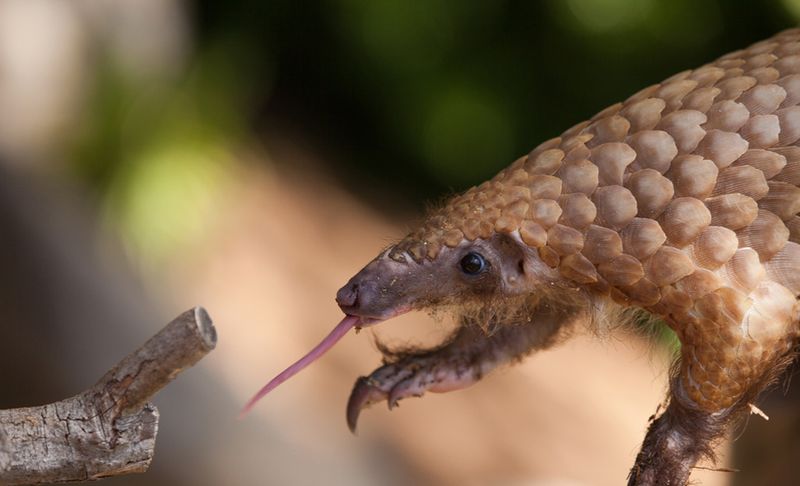
Pangolins, the armored wonders of the animal world, boast tongues that extend well beyond their mouths. These long, sticky tongues can reach up to 16 inches, enabling them to extract ants and termites from deep within nests.
Their specialized feeding technique highlights a unique evolutionary path, perfectly suited for their insectivore diet.
This adaptation, combined with their protective scales, makes pangolins fascinating subjects of study, embodying a blend of defense and efficiency in the animal kingdom.
Green Tree Python
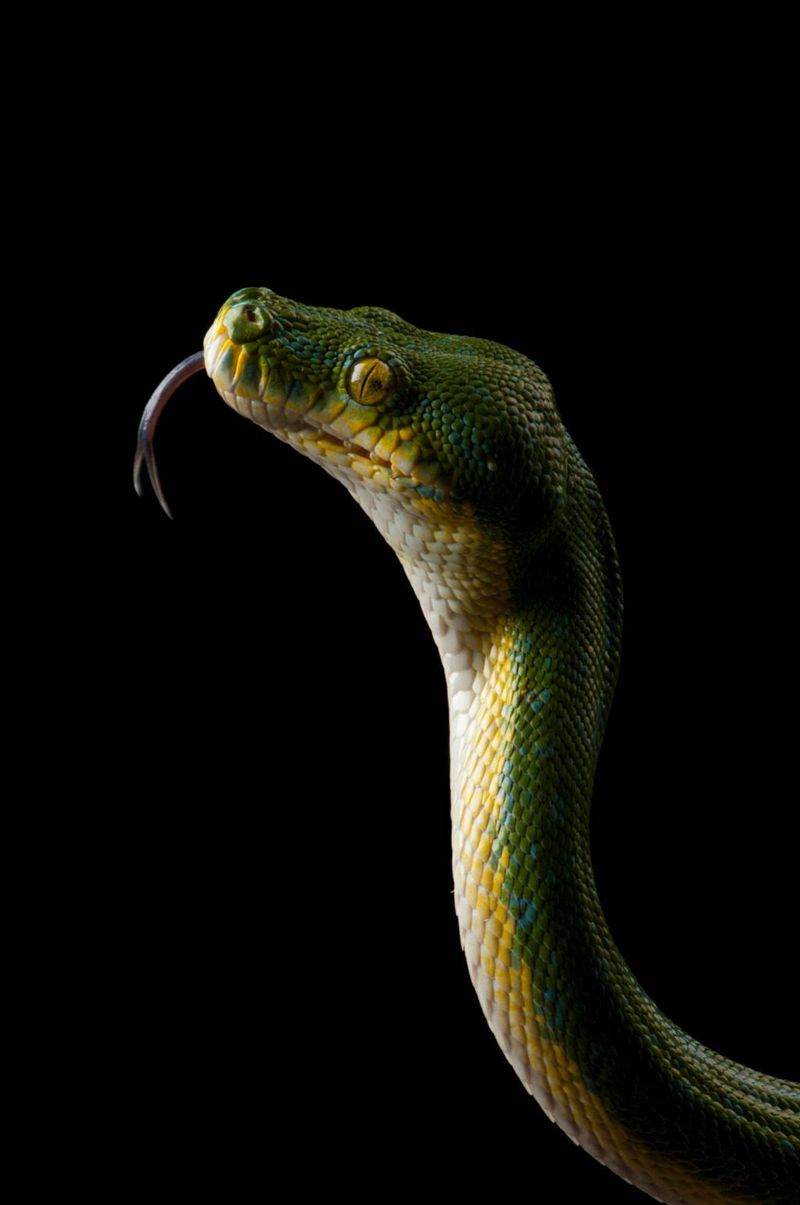
The green tree python uses its forked tongue to gather chemical cues from the environment, a sensory marvel. This tongue, unlike others, doesn’t aid in feeding but in understanding the habitat and locating prey.
By flicking its tongue, the python picks up scent particles, transferring them to the Jacobson’s organ for analysis.
This method of prey detection exemplifies nature’s subtlety, as silent as the python itself, yet vital for its survival. Such adaptations highlight the intricate connections between predator and environment.
Frog
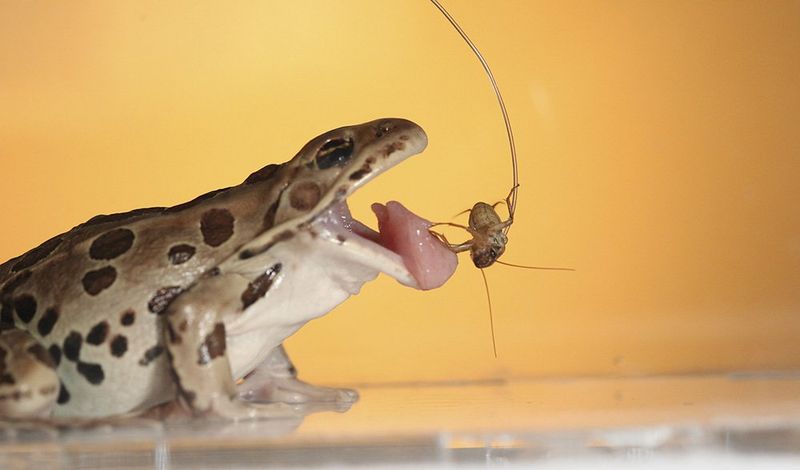
A frog’s tongue strikes like lightning, capturing prey with extraordinary speed. Its sticky surface is perfectly adapted for snatching insects mid-air.
Unlike tongues used for taste or speech, the frog’s tongue is a precision instrument, designed for efficiency. This rapid movement is powered by muscles that unroll the tongue, making it one of the fastest in the animal kingdom.
These amphibians demonstrate a blend of agility and instinct, ensuring their survival in diverse habitats. Their feeding strategy is a testament to the power of evolution’s ingenuity.
Tuatara
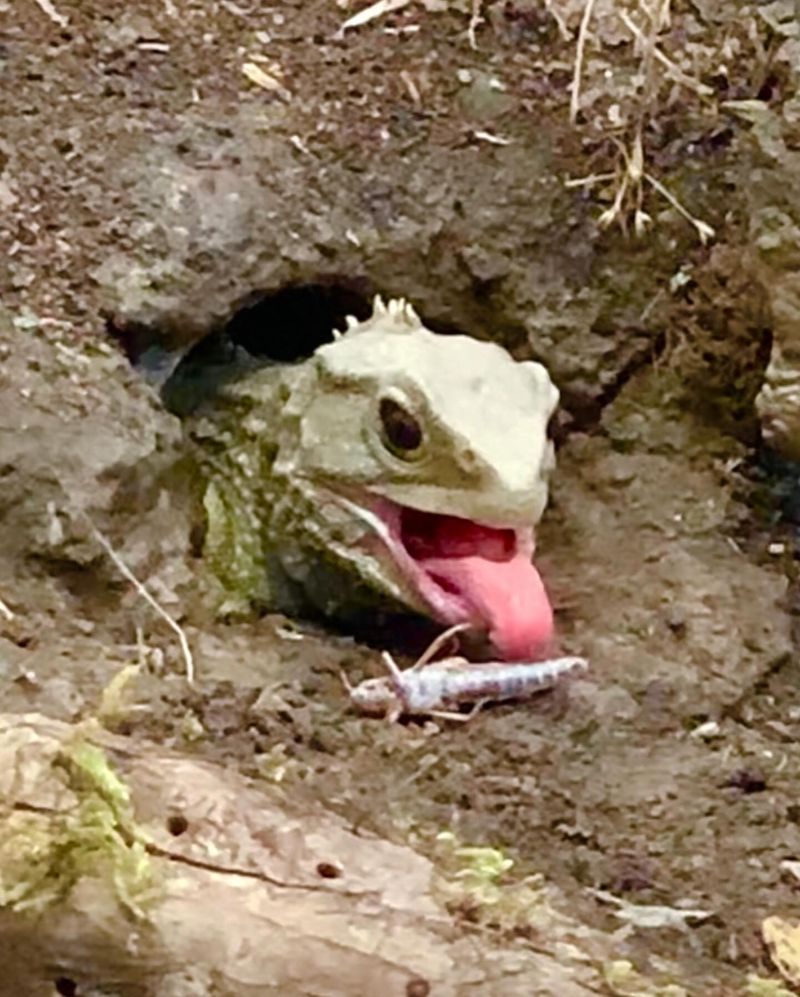
The tuatara’s tongue is a unique tool in the reptile world. Though resembling a lizard, the tuatara’s biology is distinct, using its forked tongue for sensing its environment.
Unlike most reptiles, it doesn’t rely on its tongue for feeding but for gathering sensory information. This adaptation helps the tuatara thrive in its isolated habitats.
These ancient creatures bridge the gap between past and present, highlighting the diversity and complexity of reptilian evolution. Their tongues symbolize a lineage that has endured through millennia, adapting to changing worlds.
Sun Bear
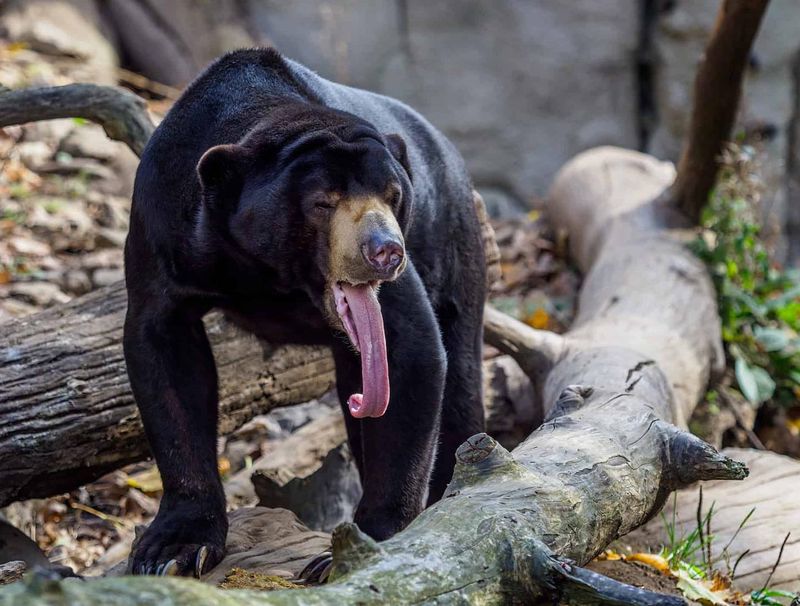
Sun bears, the smallest of the bear family, possess remarkably long tongues, extending up to 10 inches. This adaptation is vital for extracting honey from beehives, earning them the nickname ‘honey bears.’
Their tongues are incredibly flexible and strong, designed to reach into narrow crevices. This feeding strategy underscores a playful yet practical nature, adapting to their forest surroundings.
These bears highlight the ingenuity of nature, where even the smallest features contribute to an animal’s survival and success in the wild.
Echidna
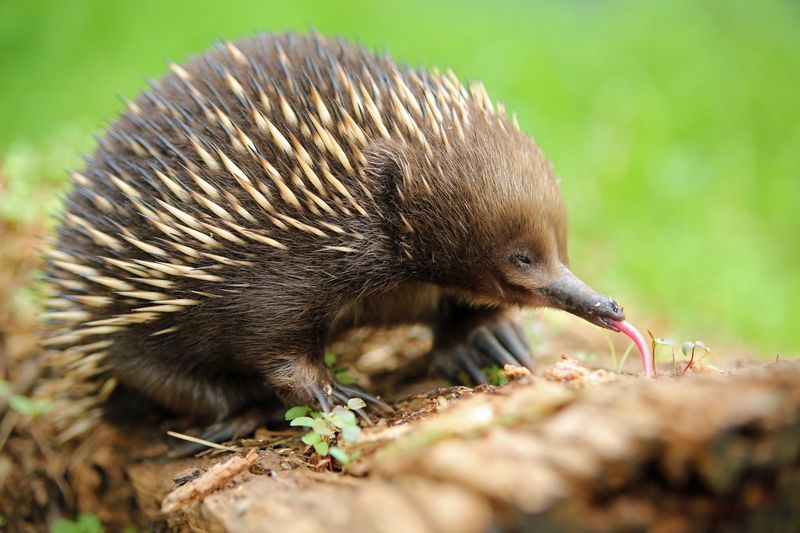
Echidnas, spiny monotremes from Australia, have tongues perfectly adapted for insectivory. These long, sticky tongues reach deep into ant nests, capturing numerous ants in one motion.
Their feeding technique is efficient, capturing prey without damaging the nest structure, illustrating a harmonious balance with their environment.
This approach, combined with their spines, offers a fascinating glimpse into their survival strategies, highlighting the diverse paths evolution can take. Echidnas blend unique physical characteristics with specialized feeding habits, representing Australia’s rich biodiversity.
Numbat
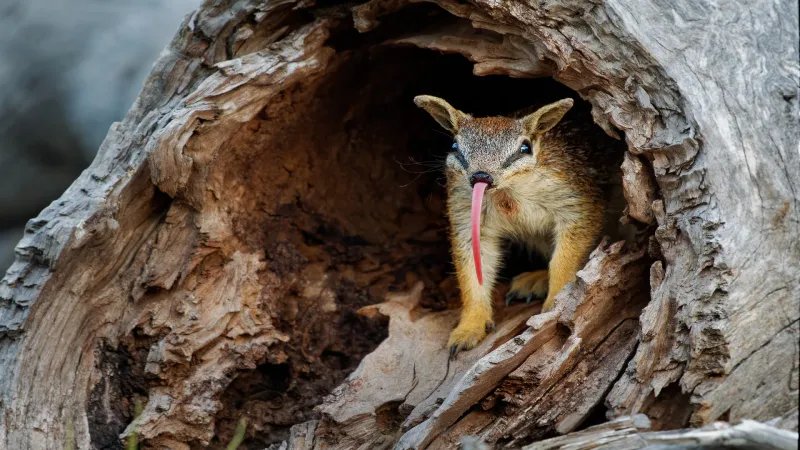
Numbats, charming insectivores from Australia, use their extraordinarily long tongues to extract termites from their mounds. Their tongues, which can extend up to 11 centimeters, are finely tuned for a termite-rich diet.
Unlike other marsupials, numbats rely on this specialized feeding mechanism to survive in arid environments. Their tongues’ length and stickiness ensure efficient feeding without unnecessary energy expenditure.
This adaptation highlights the numbat’s unique ecological niche, making it a symbol of Australia’s distinctive wildlife and the unexpected ways animals adapt to their surroundings.
Woodpecker
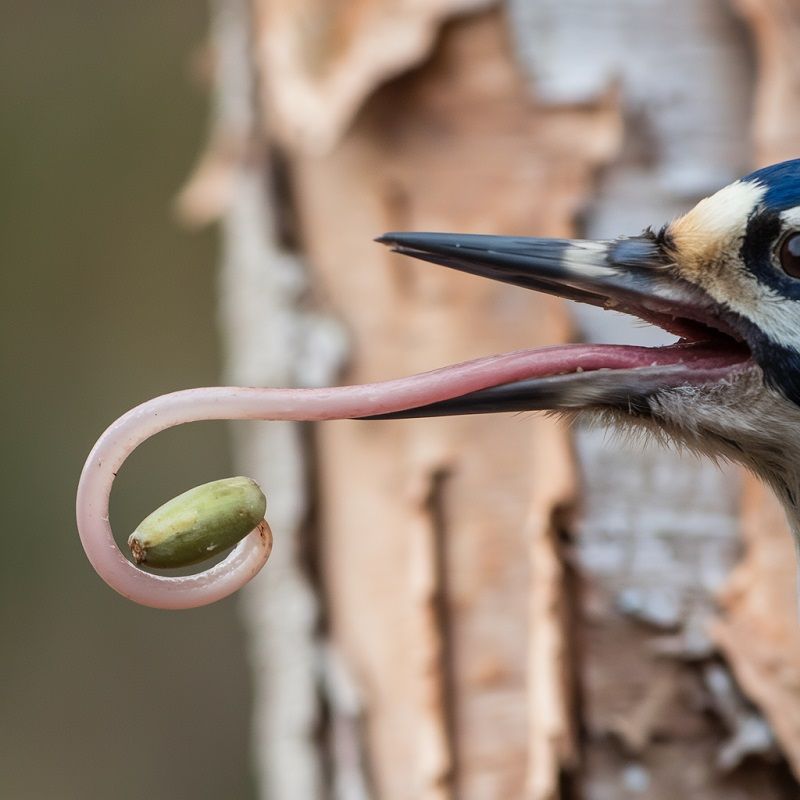
The woodpecker’s tongue is a triumph of engineering, designed to probe deep into tree bark for insects. This long, barbed tongue can extend far beyond the beak, allowing it to capture prey hidden in wood.
It wraps around the skull when retracted, a unique feature among birds. This adaptation not only aids in feeding but also in stabilizing the head during pecking.
Woodpeckers exemplify nature’s ability to solve complex survival challenges, blending innovative feeding strategies with physical adaptations to thrive in forested environments.
Butterfly
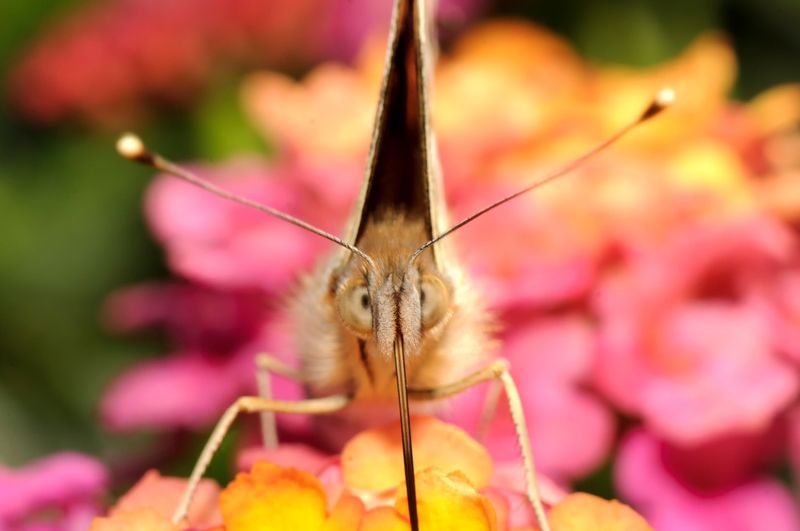
Butterflies have tongues known as proboscises, coiled marvels that extend to sip nectar from flowers. This straw-like organ unfolds to reach deep into blooms, showcasing a delicate feeding process.
Their proboscis not only allows access to nectar but also pollinates flowers, playing a crucial role in ecosystems. This elegant adaptation underscores the interconnectedness of life, where feeding mechanisms support biodiversity.
Butterflies remind us of the beauty and intricacy of nature’s designs, where even the smallest creatures contribute to the grandeur of the natural world.
Star-nosed Mole
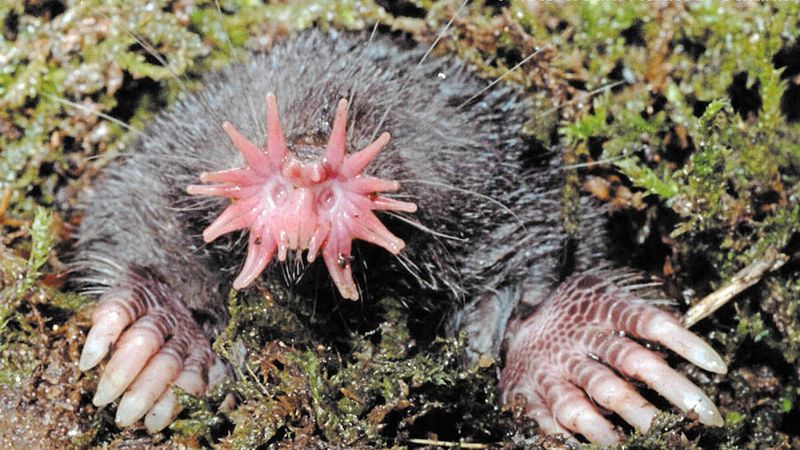
With 22 fleshy appendages, the star-nosed mole’s nose is a sensory powerhouse. However, its tongue plays an equally critical role in its survival. This small mammal uses its tongue to help detect and consume prey underground.
Residing in the moist low areas of North America, the mole’s rapid tongue movements assist in the swift consumption of small invertebrates. Each flick of the tongue aids in identifying edible objects in its dark, subterranean world. Its ability to process prey in milliseconds makes it one of the fastest eaters among mammals. A true testament to evolutionary adaptation.

